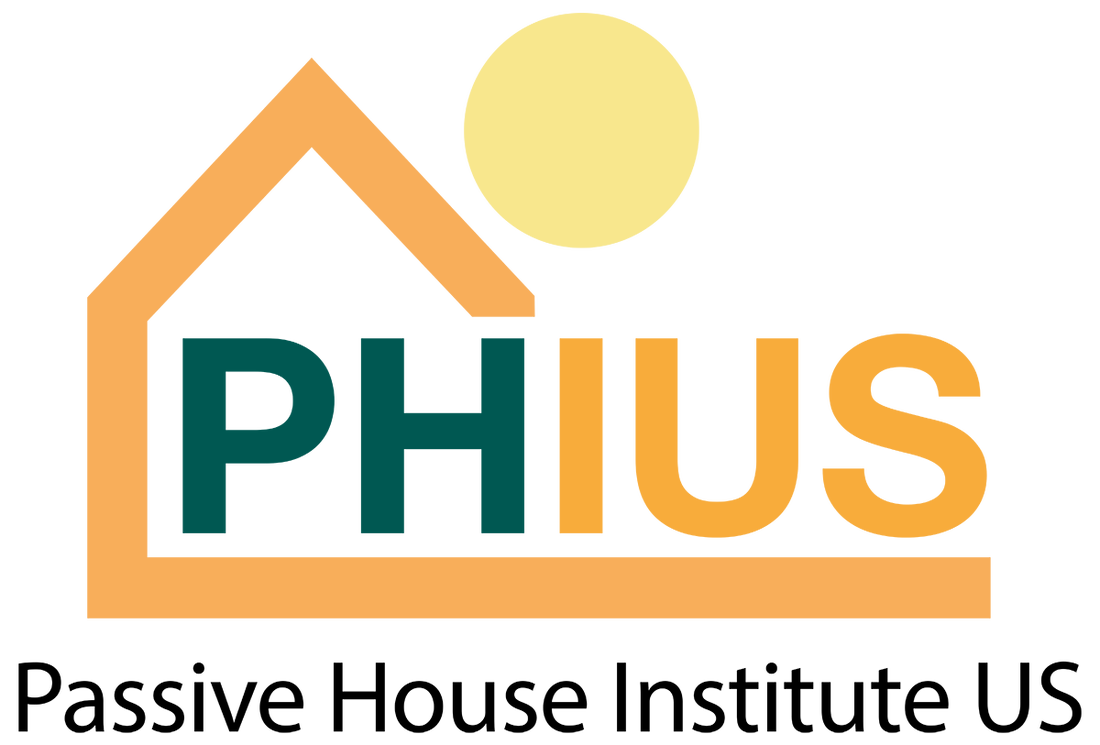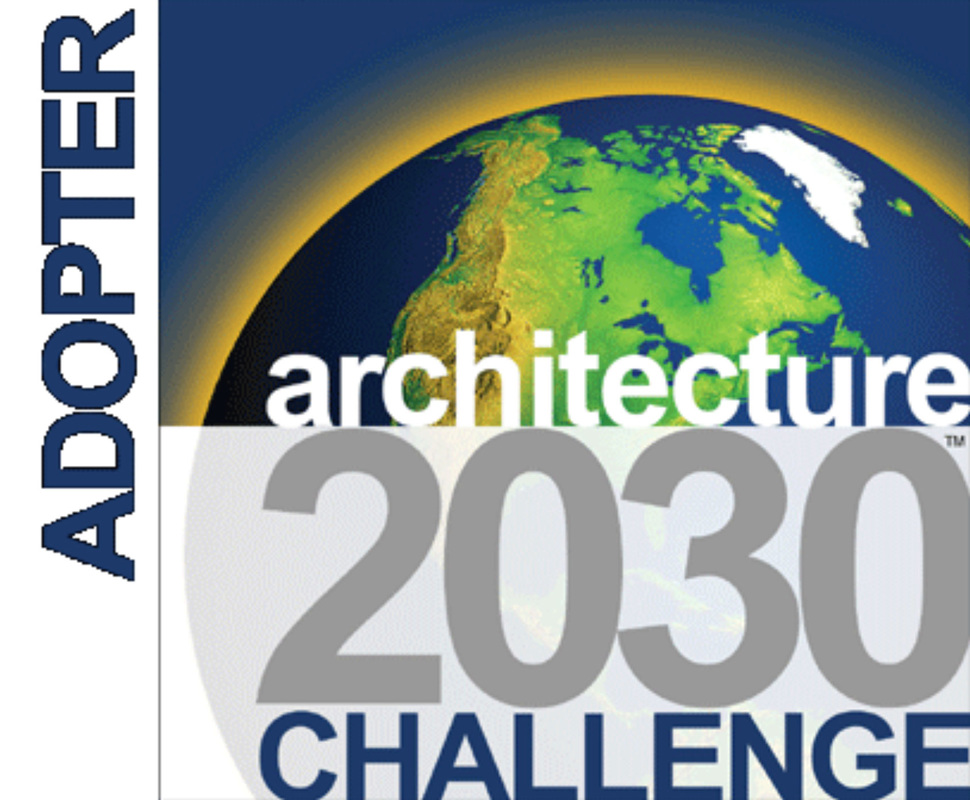0 Comments
Date Occurred: 08 0701 Effectively and efficiently shaping building groups, buildings and components to improve living conditions inside and out is the goal of a series of classes I took. Designing for Sun, Wind, & Light: Analysis Techniques; Strategies for Building Groups; Strategies for Buildings; Strategies for Building Parts and Strategies for Supplementing Passive Systems by RedVector provides great tools for understanding how nature effects our living conditions at different design scales. When creating "microclimates", the living conditions of small areas we habitate, we can effectively use the sun or protection from the sun, breezes or protection from breezes and natural light to create more comfortable, enjoyable places. Rather than ignore the forces of nature, that we cannot stop in our design, take the consequences, and then size mechanical systems large enough to try and modify the living conditions to comfortable, we use what nature gives us to create comfortable areas. Mechanical or clothing interventions will always be needed in more extreme climates, but we can even temper those with appropriate planning and design. These are a great series of classes, though I am not sure if they are available. I recommend the books the courses are based on: Sun, Wind, and Light: Architectural Design Strategies by G. Z. Brown and Mark DeKay. I have the second and third editions, which are quite different.
|
Mark Anderson, AIA, CPHCFor my day job, I'm an architect focused on green design. Not a bad gig! Caring for the planet is a theme throughout my life. This page is where I like to talk about how that love for the earth plays out – in architecture and in my life. Archives
July 2023
Categories |

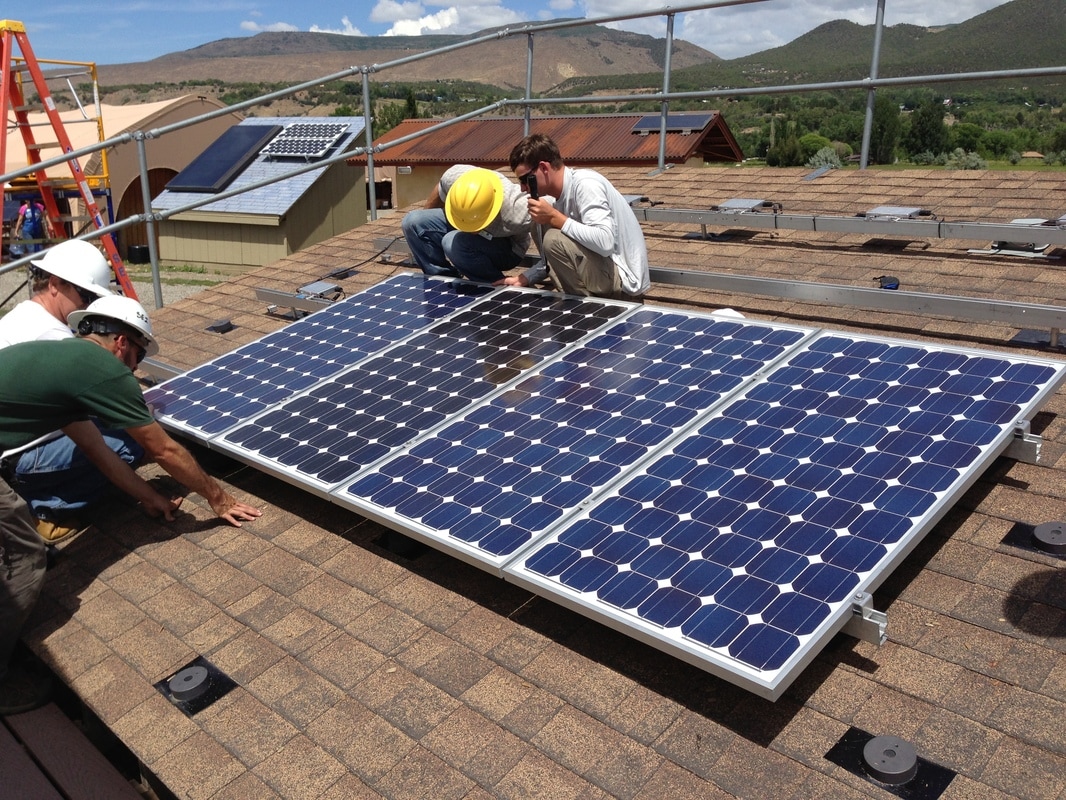
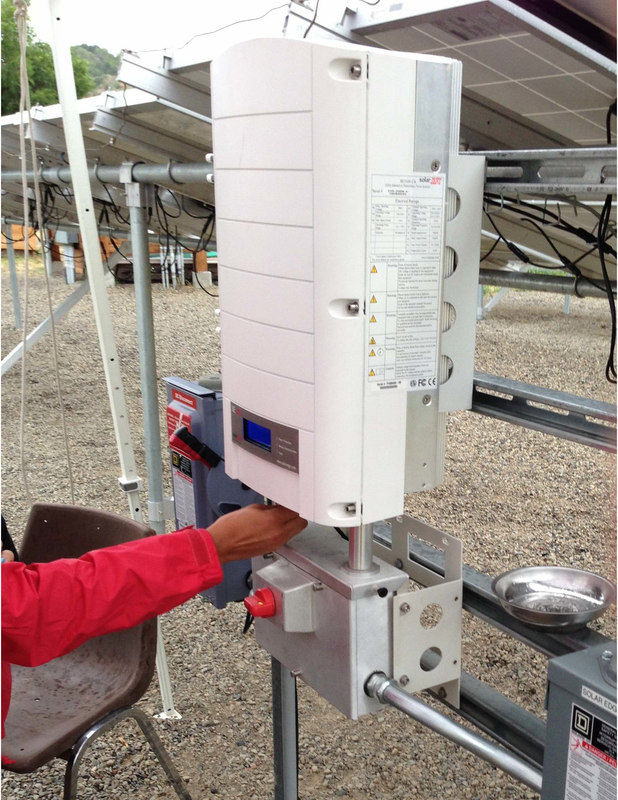
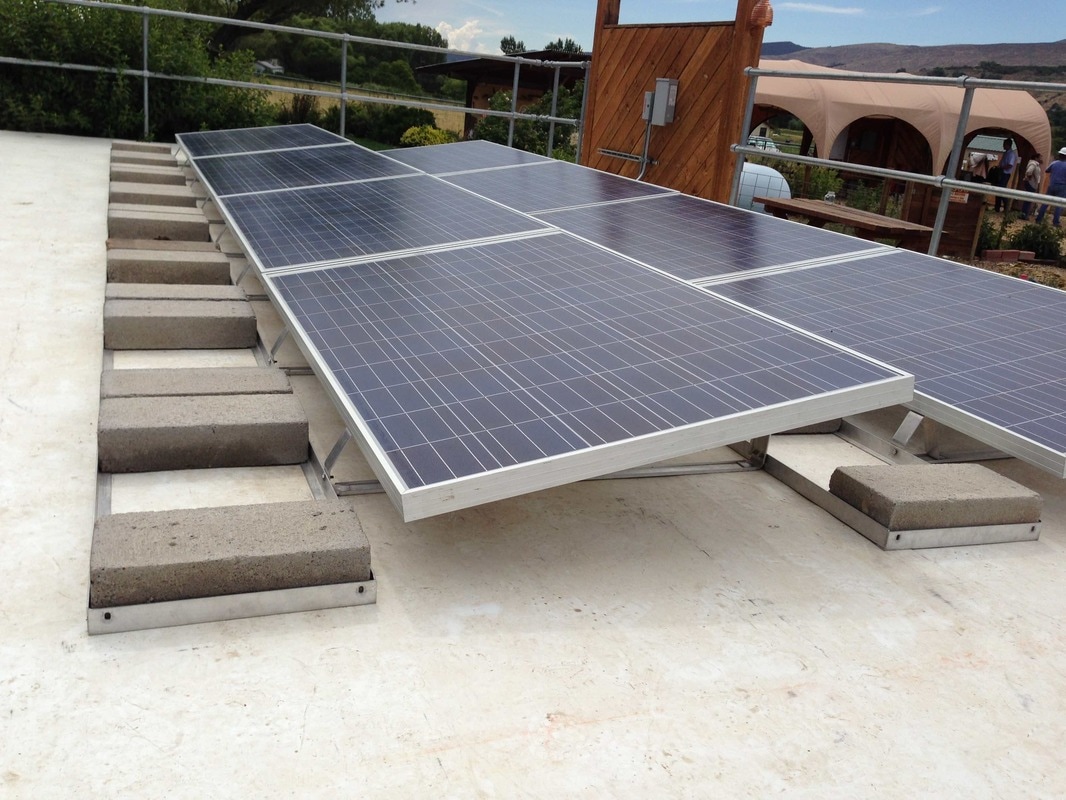
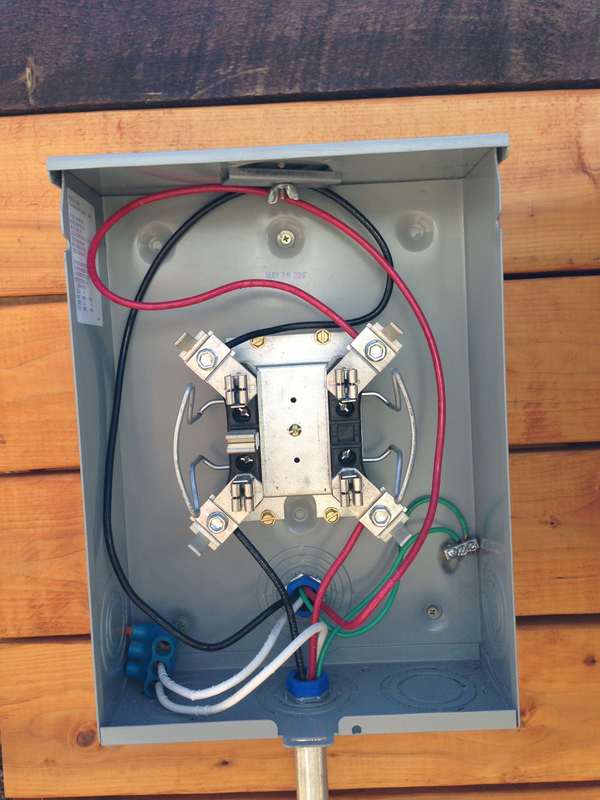



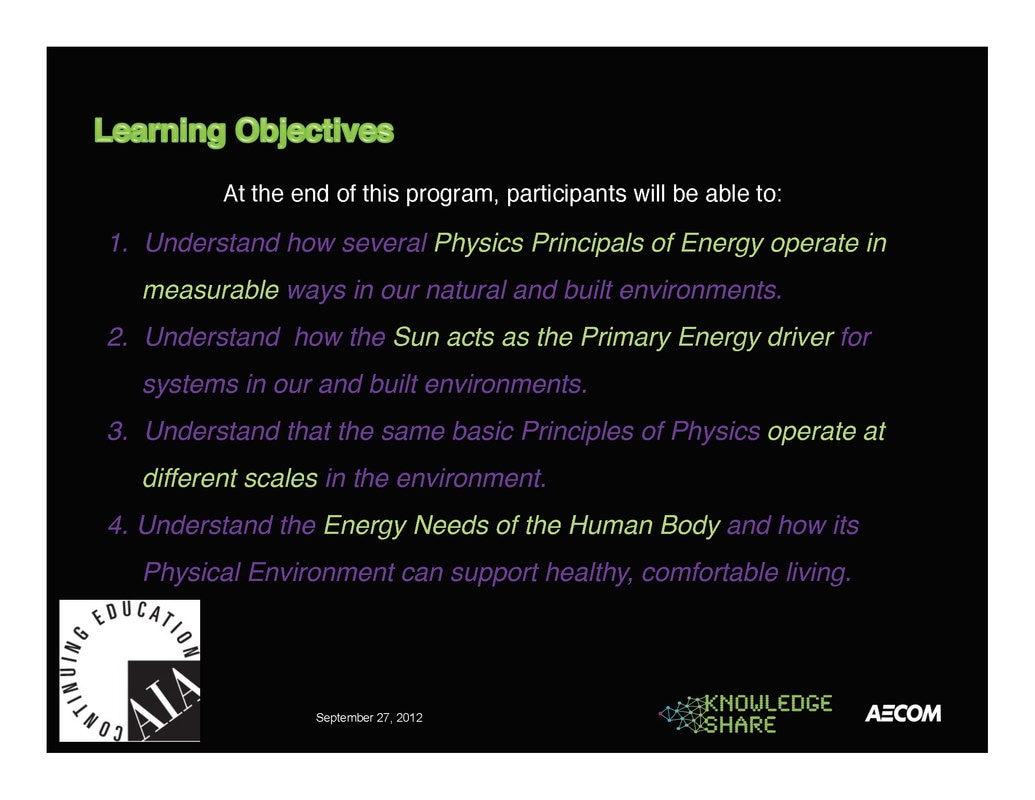
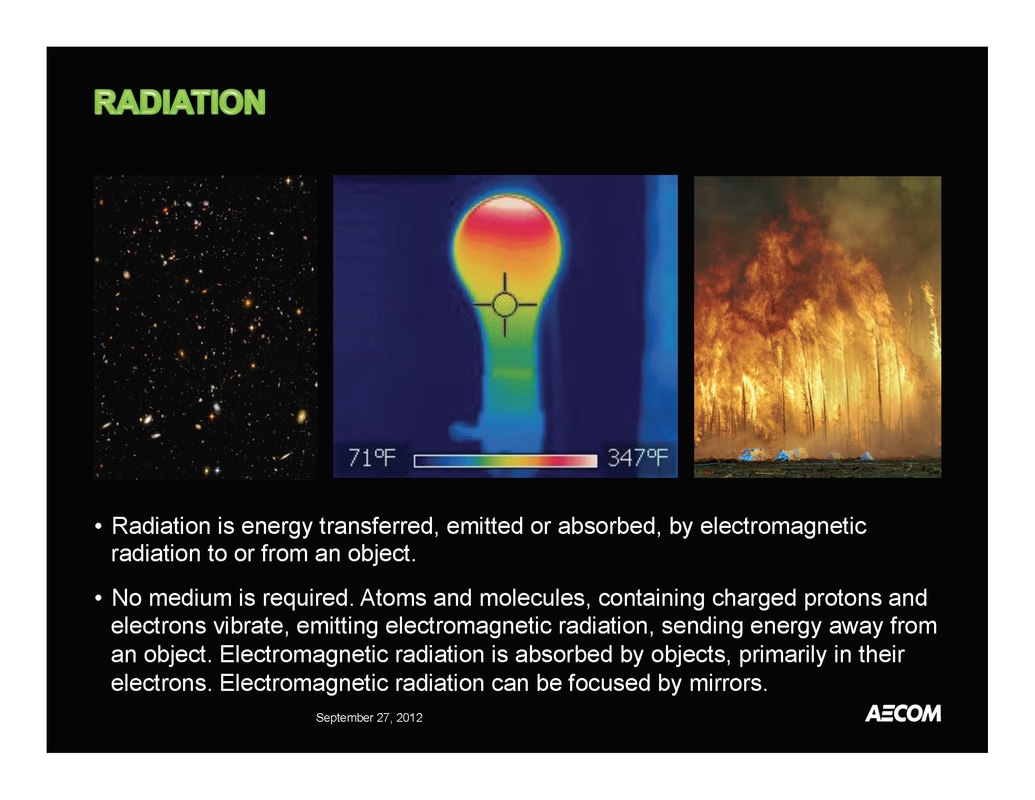
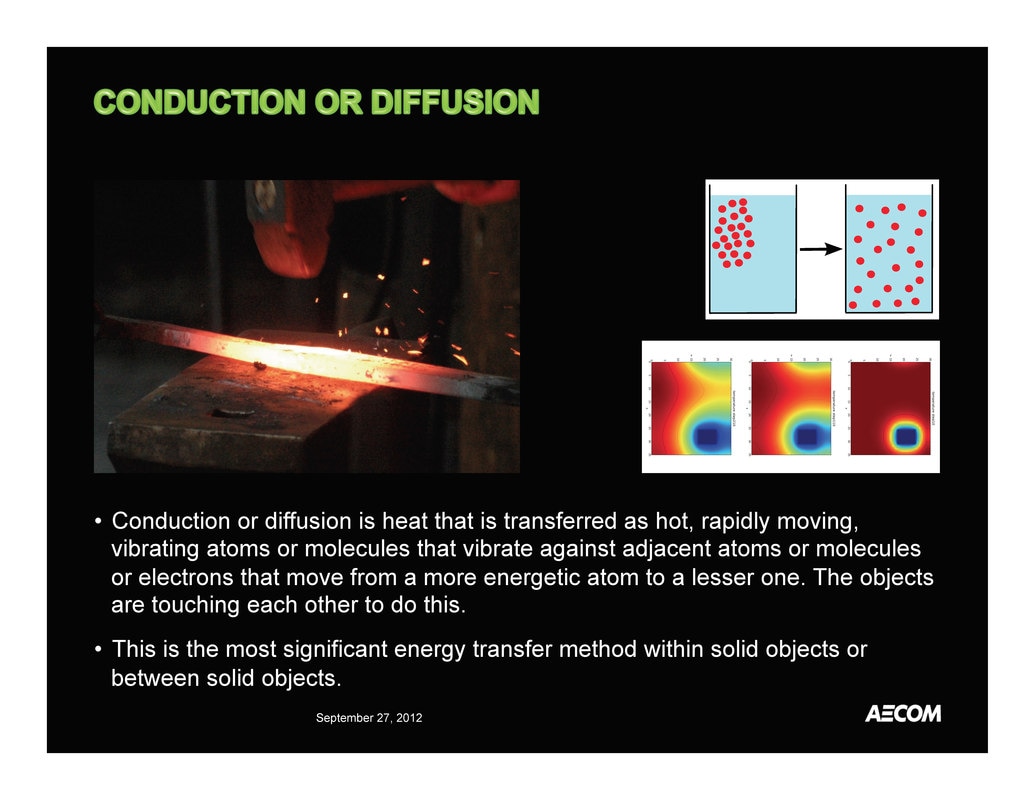
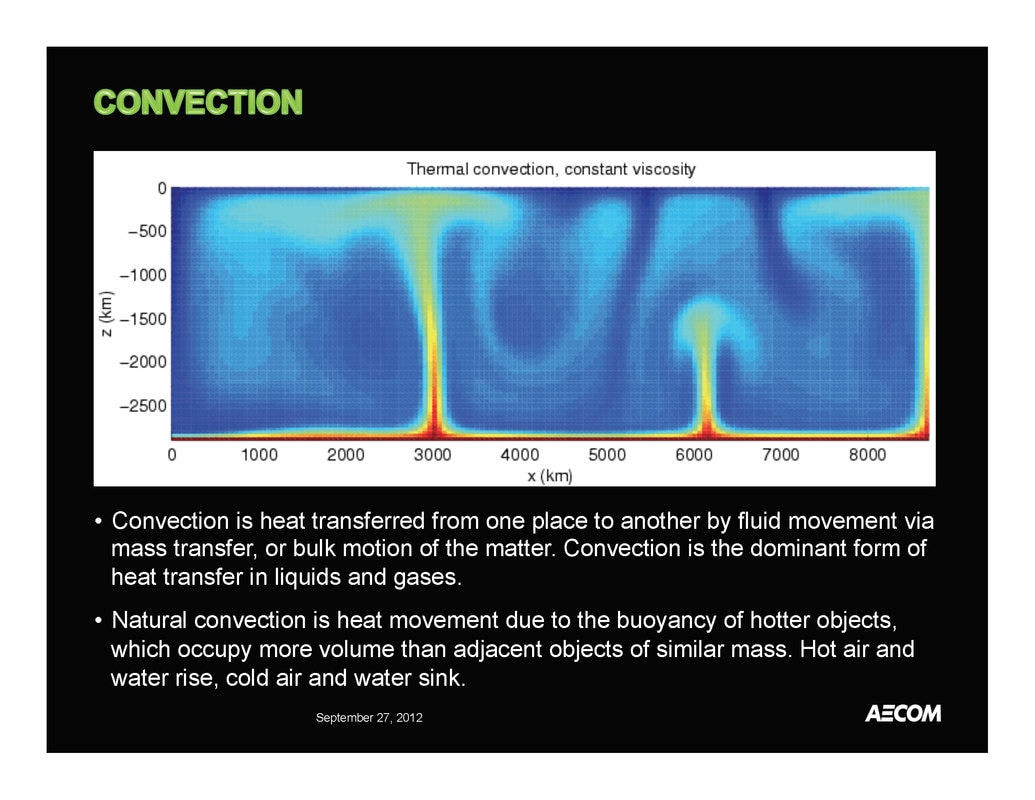
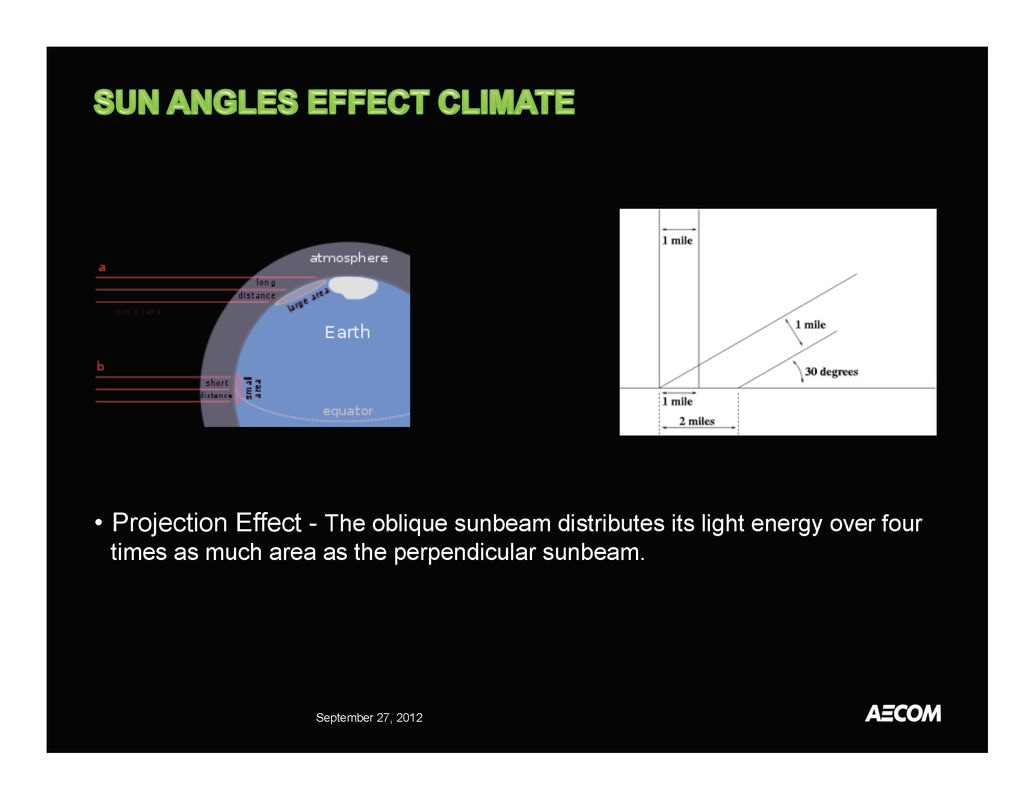
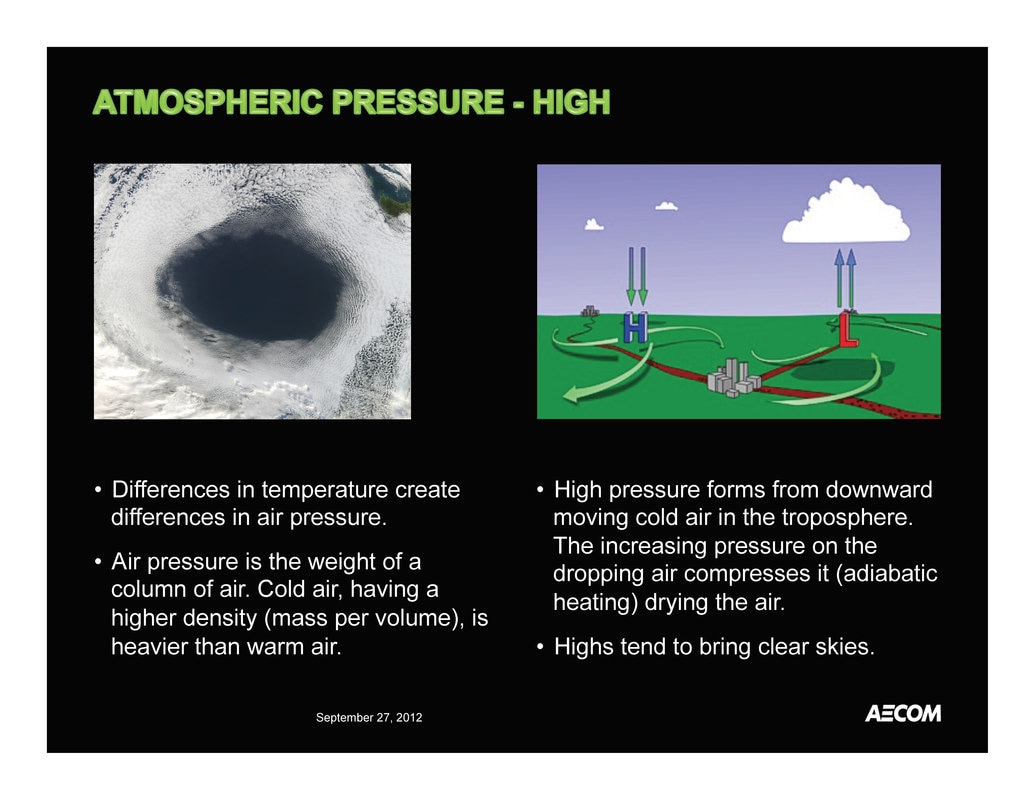
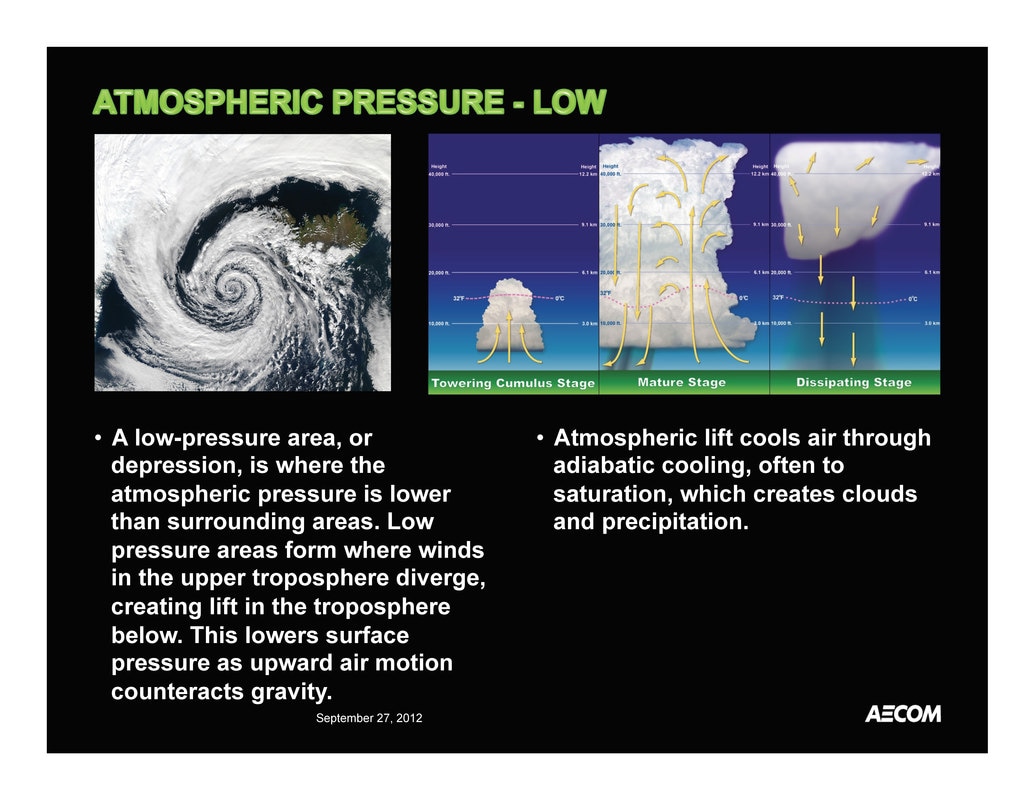
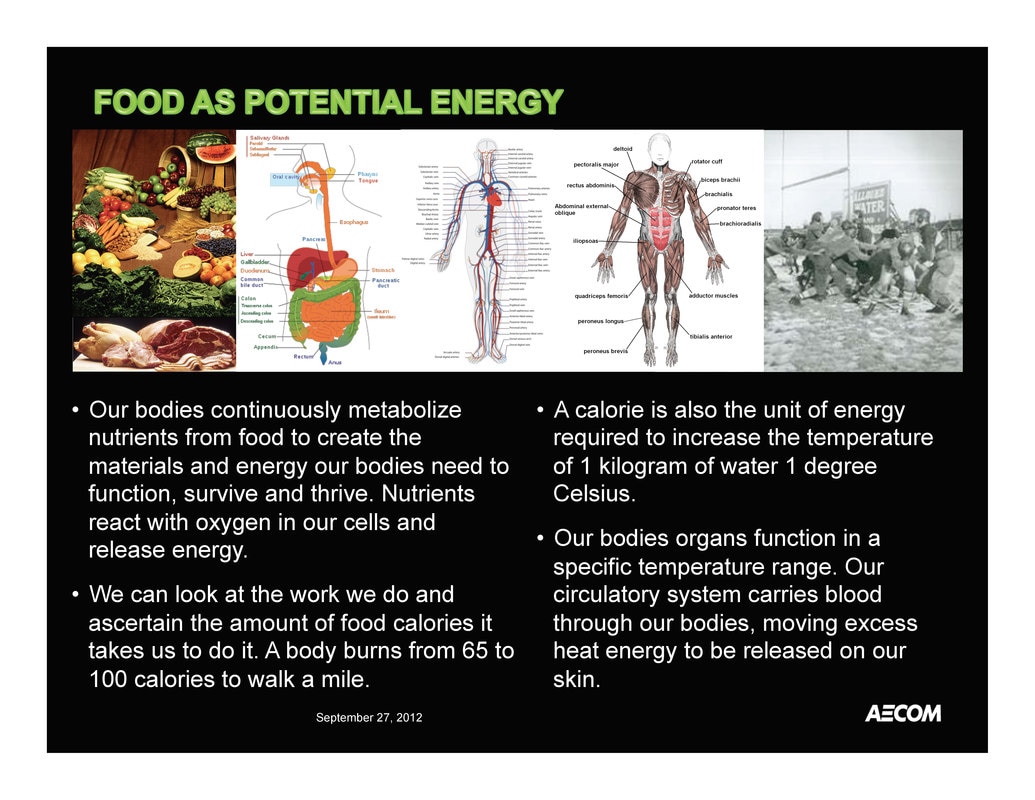
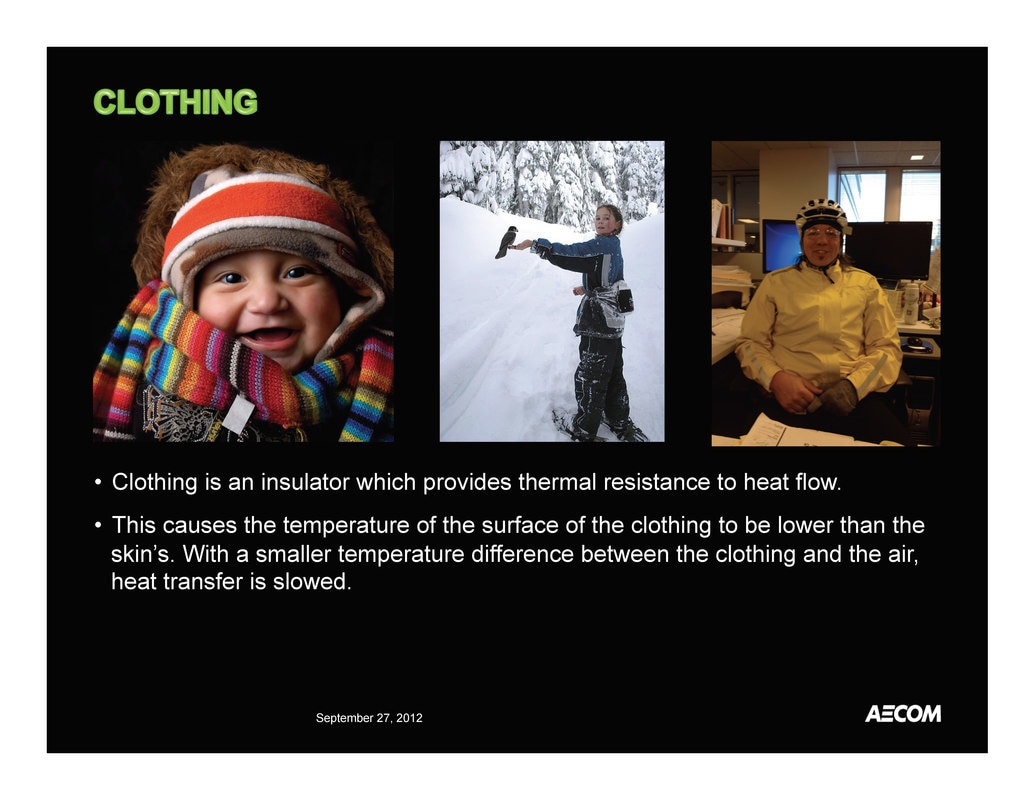

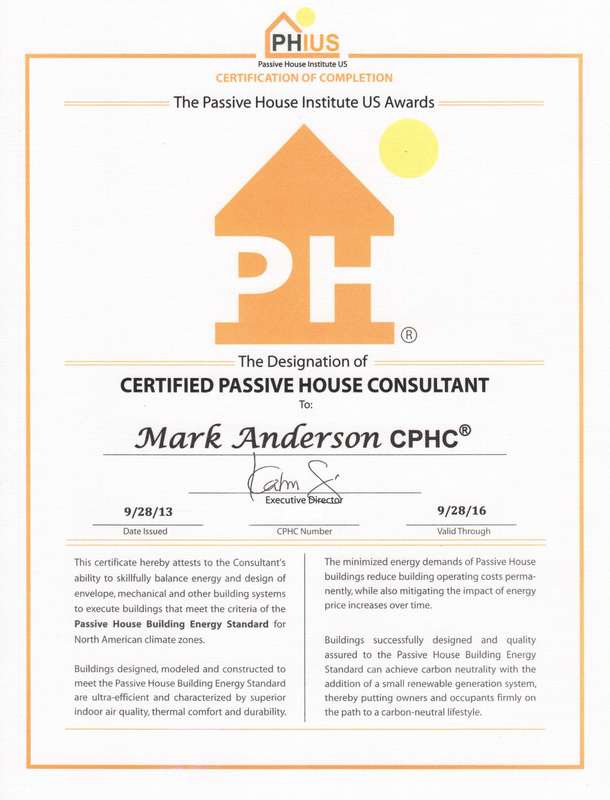
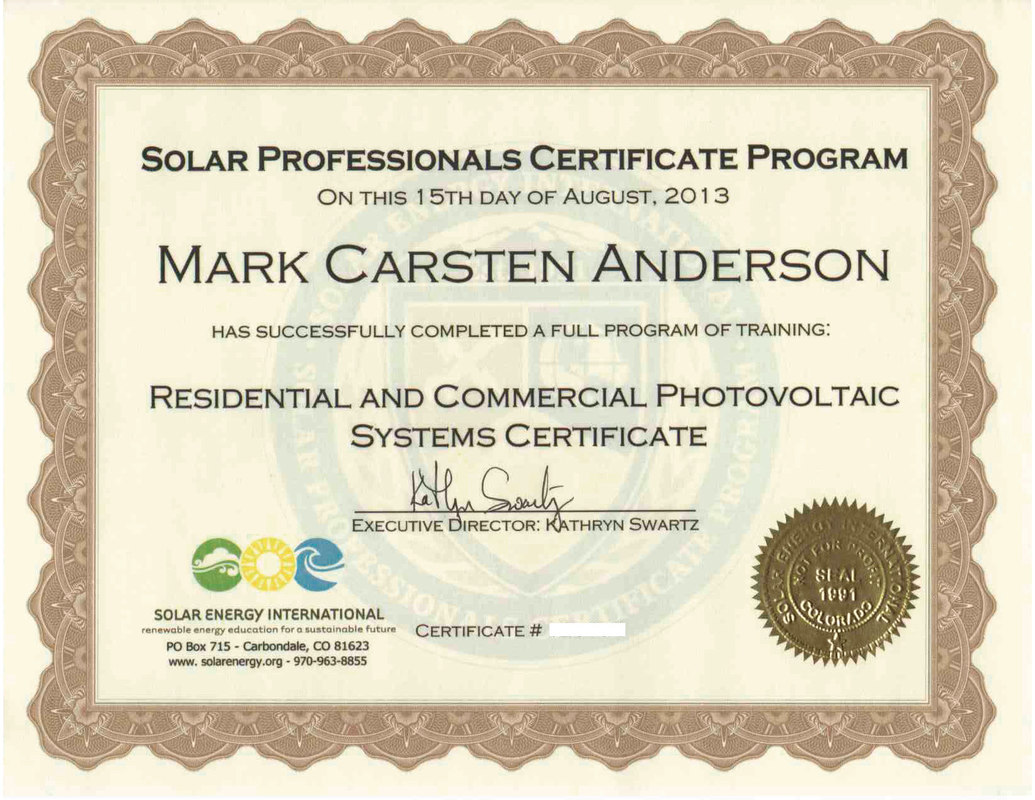
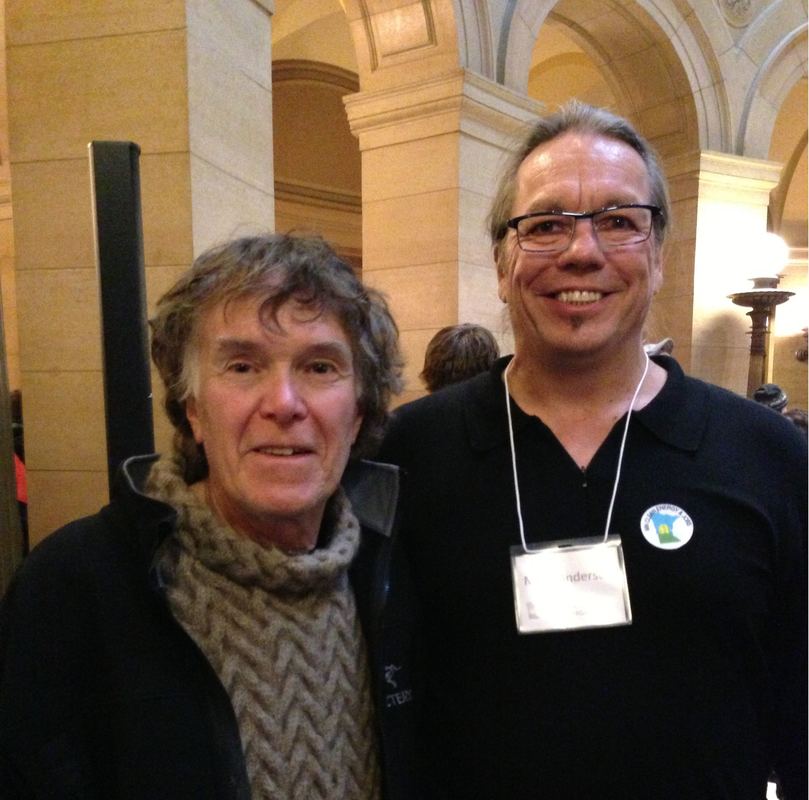



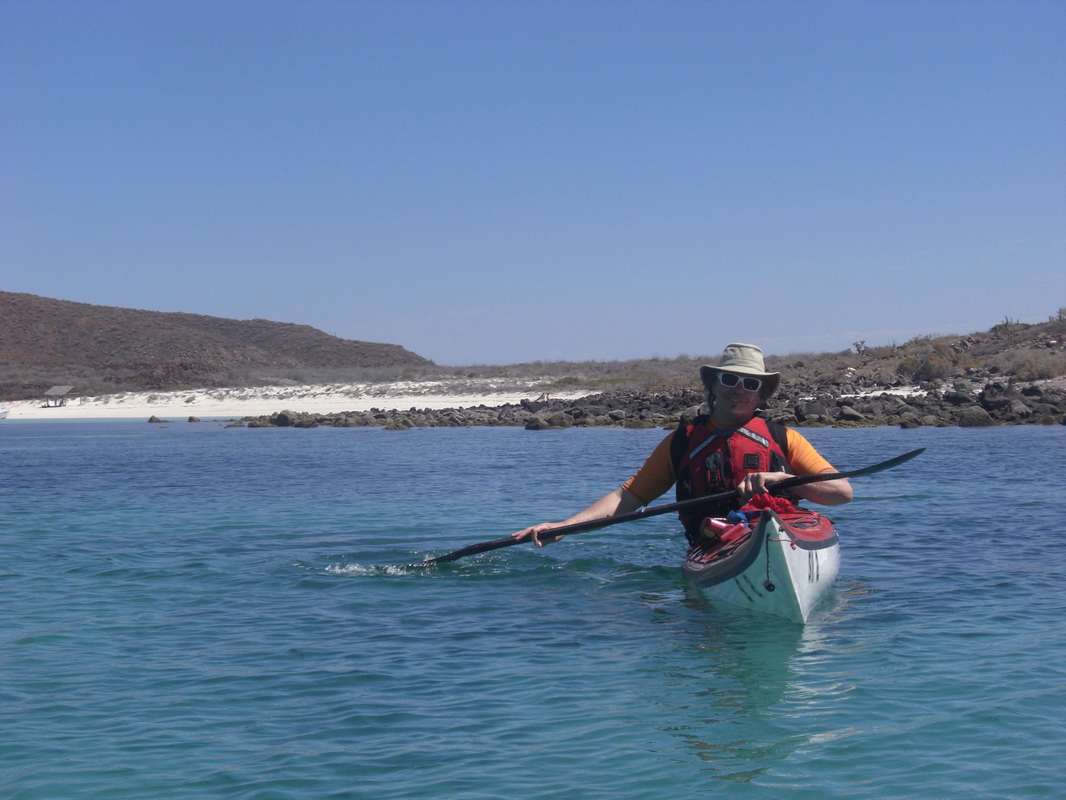



 RSS Feed
RSS Feed


